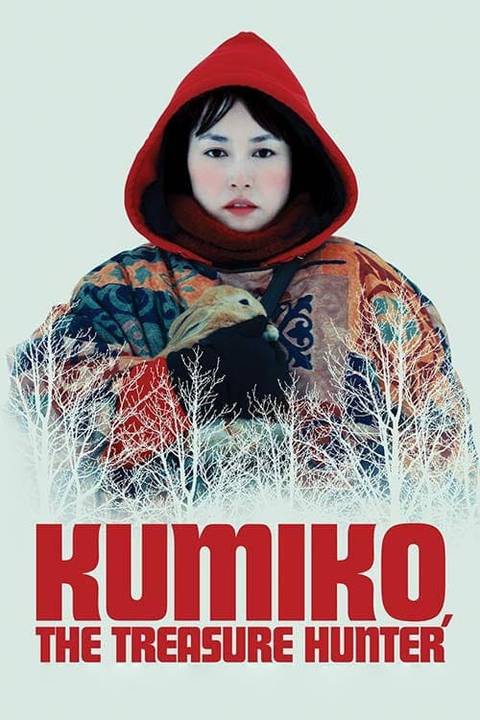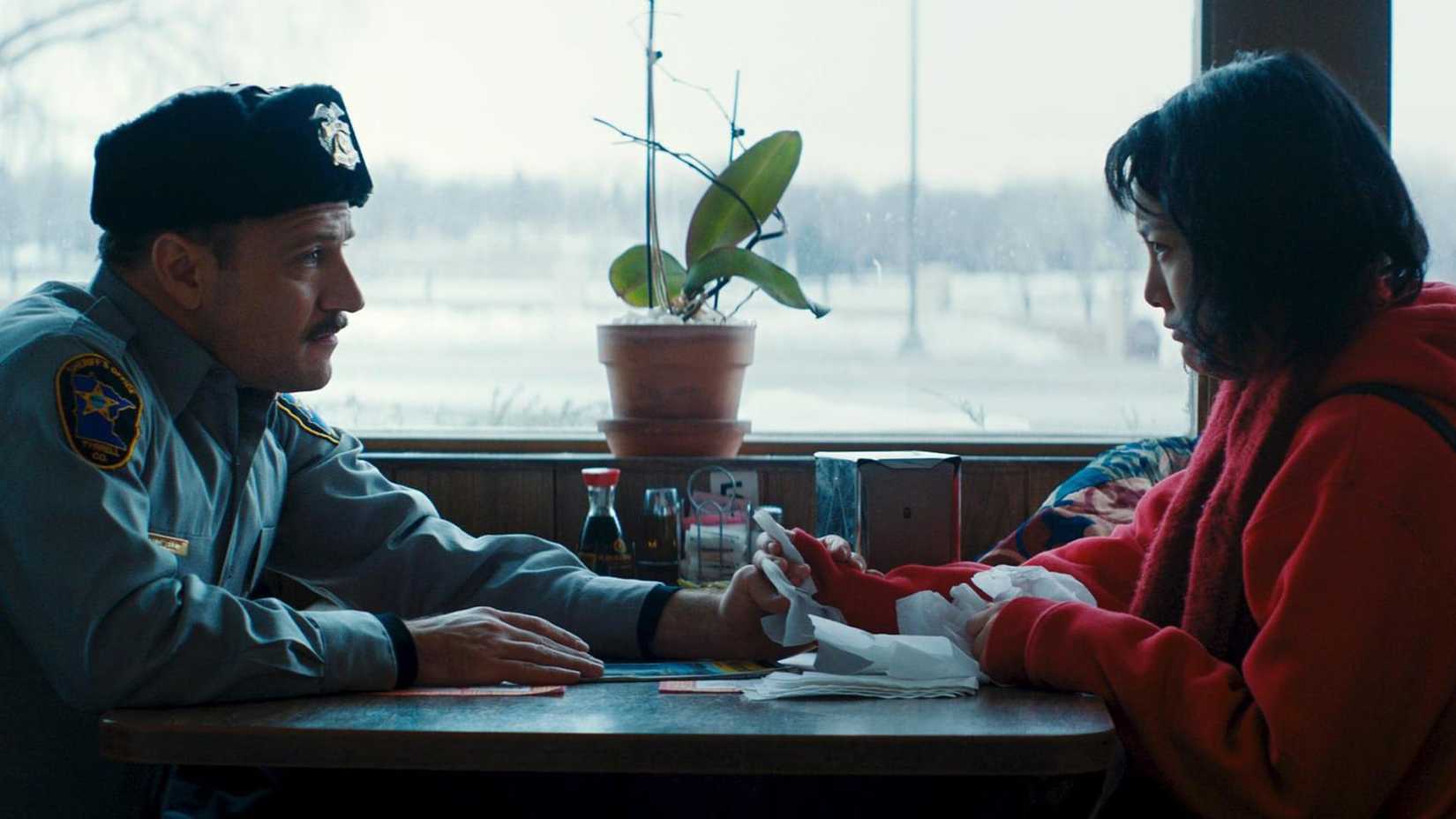The term “based on actual events” or “based on a true story” often serves as a prelude to a film or TV series, letting audiences know that, at least in part, what they are about to watch is grounded in real-life experience. Yet, as we have all come to realize in the age of abundant information and misinformation, the truth is becoming harder to discern. This kind of misinformation can also inspire stories, and the idea of a movie based on the misconception of a true story is not necessarily an alien concept, albeit one that remains very niche.
There is one film rooted in real tragedy and forever tied to cinema that brings a series of misunderstandings to the screen, creating a heartfelt and compelling story of obsession, as seen in the Coen Brothers‘ film Fargo: Kumiko, the Treasure Hunter. To get to the heart of what makes the movie such a unique narrative, one must first understand how the bizarre rumor surrounding a real death spread.
‘Fargo’s Success Led People To Believe a Woman Died Searching for Treasure
There is little known about Japanese office worker Takako Konishi, remembered by friends as a private and quiet person. Out of respect for her family, details of her life were not widely shared after her passing. She had visited Minnesota once before in the late 1990s as a tourist, but it was her 2001 journey that would become infamous.
It is believed that at the time she was facing personal struggles when she decided to make the solo trip. After arriving in Minnesota, she rented a car and began driving north toward Detroit Lakes. During this trip, she interacted with locals, and because of her limited English, one exchange stood out and was widely reported: she was said to be “looking for Fargo.” This was later misinterpreted as a reference to the film. When she was later found dead in the wilderness, having died of hypothermia, the misunderstanding spread further. (More details of this reporting can be found in The Daily Mail.)
In Fargo, Carl Showalter (Steve Buscemi, in one of his best roles) buries a suitcase full of money along a highway outside Fargo, North Dakota. With the film’s tongue-in-cheek framing as a “true story,” and its suggestion that the suitcase might be found, it fueled reports that Konishi died searching for the treasure. A 2003 short film, This Is a True Story, even presented the events as fact. However, it was later confirmed that Konishi’s death was a suicide, likely connected to her struggles with mental health.
A truly tragic story of a woman who died in a foreign country while burdened by her own struggles, the Fargo connection was sensationalized — ironically in line with the Coen Brothers’ brand of dark humor — and became a strange talking point among film fans. Over a decade later, David and Nathan Zellner revisited the urban legend with Kumiko, the Treasure Hunter, a film that treated it as fact just as it had once been believed.
‘Kumiko, the Treasure Hunter’ Turned Urban Legend Into a Cinematic Masterpiece
Instead of focusing solely on the existing facts surrounding the tragic passing of Takako Konishi, the Zellner Brothers took a more respectful approach by creating a fictitious account of events featuring a new character.
The movie follows Kumiko (Rinko Kikuchi), a lonely office worker obsessed with the movie Fargo, and feeling the overbearing weight of a judgmental and demanding mother. She steals her boss’s credit card to make the trip to find the treasure, in a bid to start a new life. However, she arrives in America vastly unprepared and with little comprehension of the English language, relying on a series of strangers to help guide her on her quest. Despite others trying to convince her that the treasure is false, Kumiko pushes on. The film’s ending is vague, suggesting she either finds the treasure or dies in the wilderness; given the true story, the latter is generally assumed.
While much of the film can be framed as a straightforward drama that sticks to a clear premise, there is subtle brilliance found throughout Kumiko, the Treasure Hunter, which makes it a highly underrated masterpiece. Notably, the movie employs visual storytelling in a profound way, contrasting the confines of Tokyo with the open landscape of a Minnesota winter, reflecting Kumiko’s own inner desires — an escape to a place that seems peaceful but hides an inescapable brutality in its unforgiving, vast coldness. Combined with the haunting score from The Octopus Project, the film assumes the vibe of a dark fairy tale rather than the somber indie comedy it might have been.
At the same time, the movie’s exploration of an outsider in a foreign land, combined with subtle dark humor, delves into themes of isolation and loneliness, all of which lend the production an oddly endearing quality despite the madness behind Kumiko’s plight. Rinko Kikuchi as Kumiko is also the perfect casting choice, bringing a quiet intensity to her role that conveys a profound, all-consuming loneliness with little dialogue. All these elements, brought together, make an unlikely story based on an urban legend, one of the most memorable indie films to emerge from the 2010s.
How To Watch ‘Kumiko, the Treasure Hunter’
Tracing Kumiko, the Treasure Hunter back to real-life events is convoluted, stemming from misunderstandings of a movie that jokingly claimed to be based on true events. Yet the film balances the sensationalism of the urban legend with visually profound storytelling and an authentic, deeply tragic character study, making it a must-watch indie movie.
No movie is for everyone, and the dreamy flow of the film, with its niche subject matter and more subtle approach to elements like dark humor, may disappoint some. Still, if any of the above piques your interest, you should check out Kumiko, the Treasure Hunter, which is currently available to rent/own on various digital platforms.

- Release Date
-
November 13, 2014
- Runtime
-
105
- Director
-
David Zellner
- Writers
-
David Zellner, Nathan Zellner


